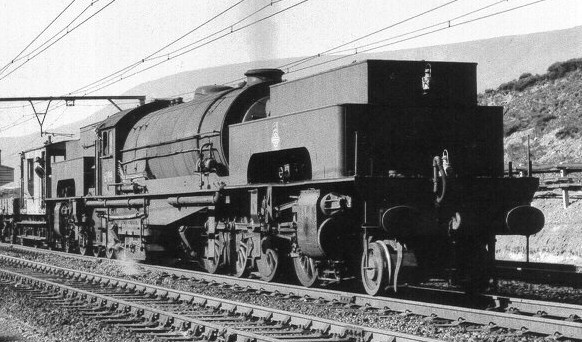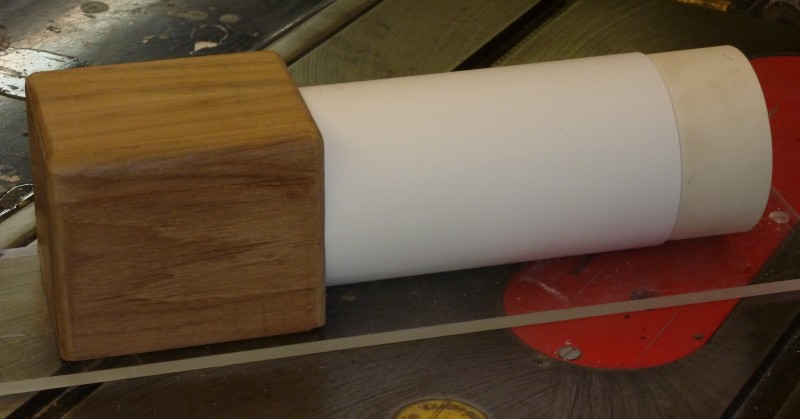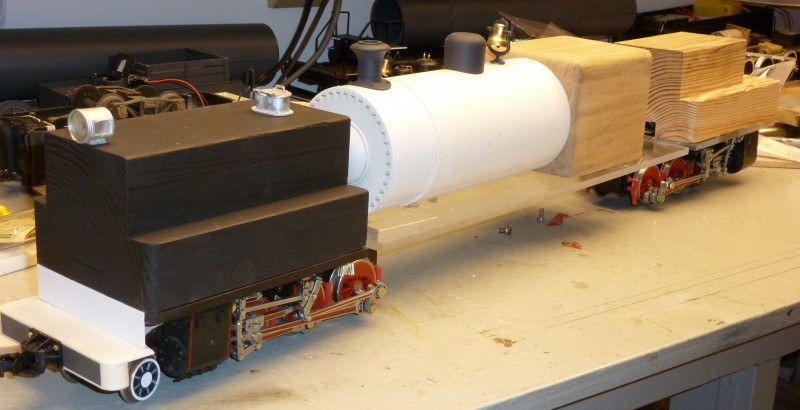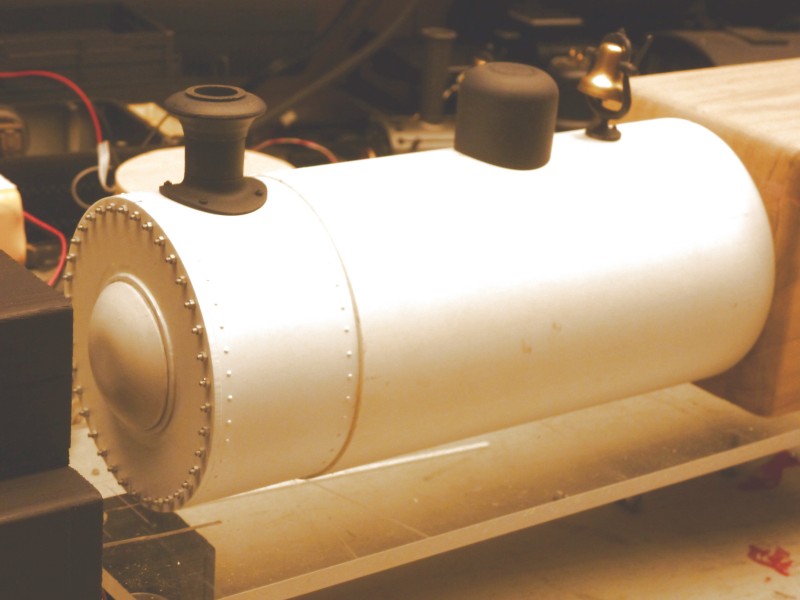
R C & G
20
RC&G
#20 will be a Garratt type locomotive. Foreign looking to most they
were originally designed and built by Beyer & Peacock in Great
Britain and used widely in Europe, Africa and other locations around
the world. The concept was to more equally distribute the
locomotives weight evenly over the drivers and carry all of the
weight of the fuel and water over the drivers and eliminate the
separate tender.. There were other advantage and disadvantages The
largest disadvantage for use in the U.S. was limited range due to
the small amount of water and fuel carried on board. Alco had the
rights to build and sell the design in the U.S. but I doubt they
ever tried very hard to sell them as they would have had to pay a
licensing fee on every one they sold.
For
those not familiar with the design the photo below shows a common
form they often took. Many of the designs had sort of an art deco
look about them with lots of curves and simplified looks.

Water
was carried in the front tank and fuel and water in the one behind the
cab. The engines pivoted where they were attached to the frame. The
design typically used large diameter boilers that were shorter than
those used on many larger American locomotives. Beyer & Peacock felt
that extending the boiler beyond a certain point had diminishing returns
as far as recovering heat from the exhaust gases.
My concoction is going to use the supposition that the RC&G had approached Alco about purchasing a Garratt style locomotive and was put off by the cost and instead purchased a used locomotive and rebuilt it using American appliances and design ideas. I liked the squared off look of the one shown in the next photo. This is a much larger engine but I figured that an Americanized version would be less art deco and more utilitarian.



